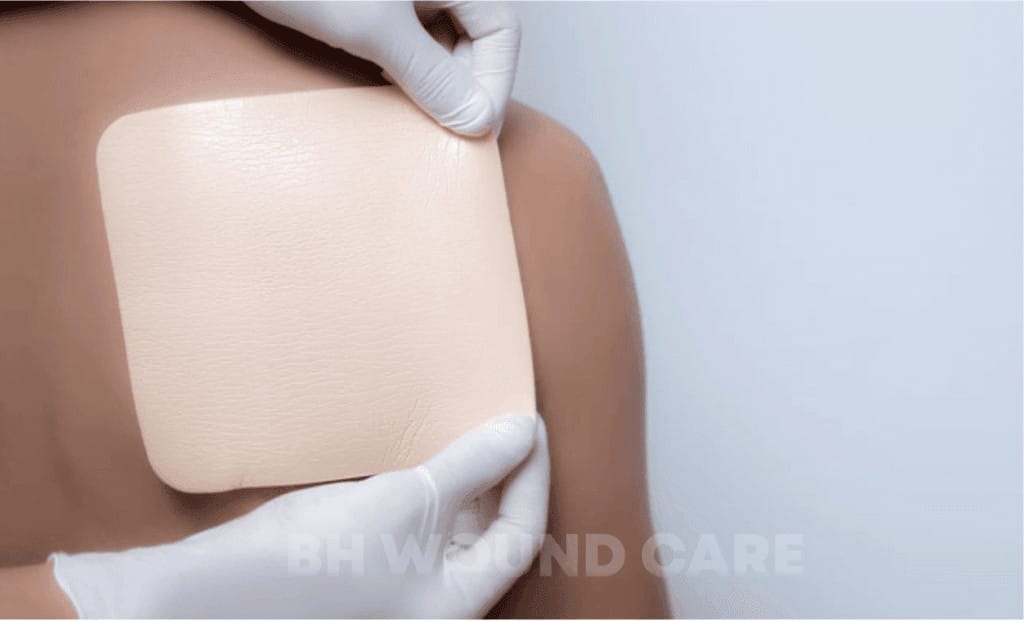
In the world of wound care, innovation is never-ending. Gone are the days of simple gauze and bandages. Today, a new generation of advanced dressings is transforming the way we heal wounds, from chronic sores to post-surgical incisions.
Advanced dressings are a diverse group of wound care products that go beyond the basic gauze and tape of traditional methods. They’re designed to create and maintain an optimal environment for wound healing, addressing specific needs like absorbing excess fluid, promoting tissue growth, or preventing infection.
The choice of an advanced dressing depends on the specific type and stage of the wound, along with the patient’s individual needs and preferences.
Below is an overview of the types of advanced dressings BH Wound Care provides:
Remember, the choice of an advanced dressing depends on the specific wound characteristics, patient needs, and available resources. Consulting a healthcare professional is crucial for selecting the most appropriate dressing and treatment plan for optimal wound healing.

Struggling with a non-healing wound can be incredibly frustrating, but you don’t have to face it alone, BH Wound Care has you covered.
By harnessing the power of advanced, evidence-based medical technologies, we aim to expedite the healing process, helping you get back to your life wound-free. Our ultimate goal is to achieve complete healing for every patient we serve.
Our highly trained specialists work in tandem, ensuring comprehensive care. Whatever your requirements, we’re here to help you through every step of the healing journey, from handling referrals to insurance authorizations and beyond.
With regular follow-ups and unwavering support, we keep a close eye on your progress, ensuring the quickest possible recovery.
Don’t let non-healing wounds hold you back any longer. Experience the difference at BH Wound Care and rediscover a life without limitations.
